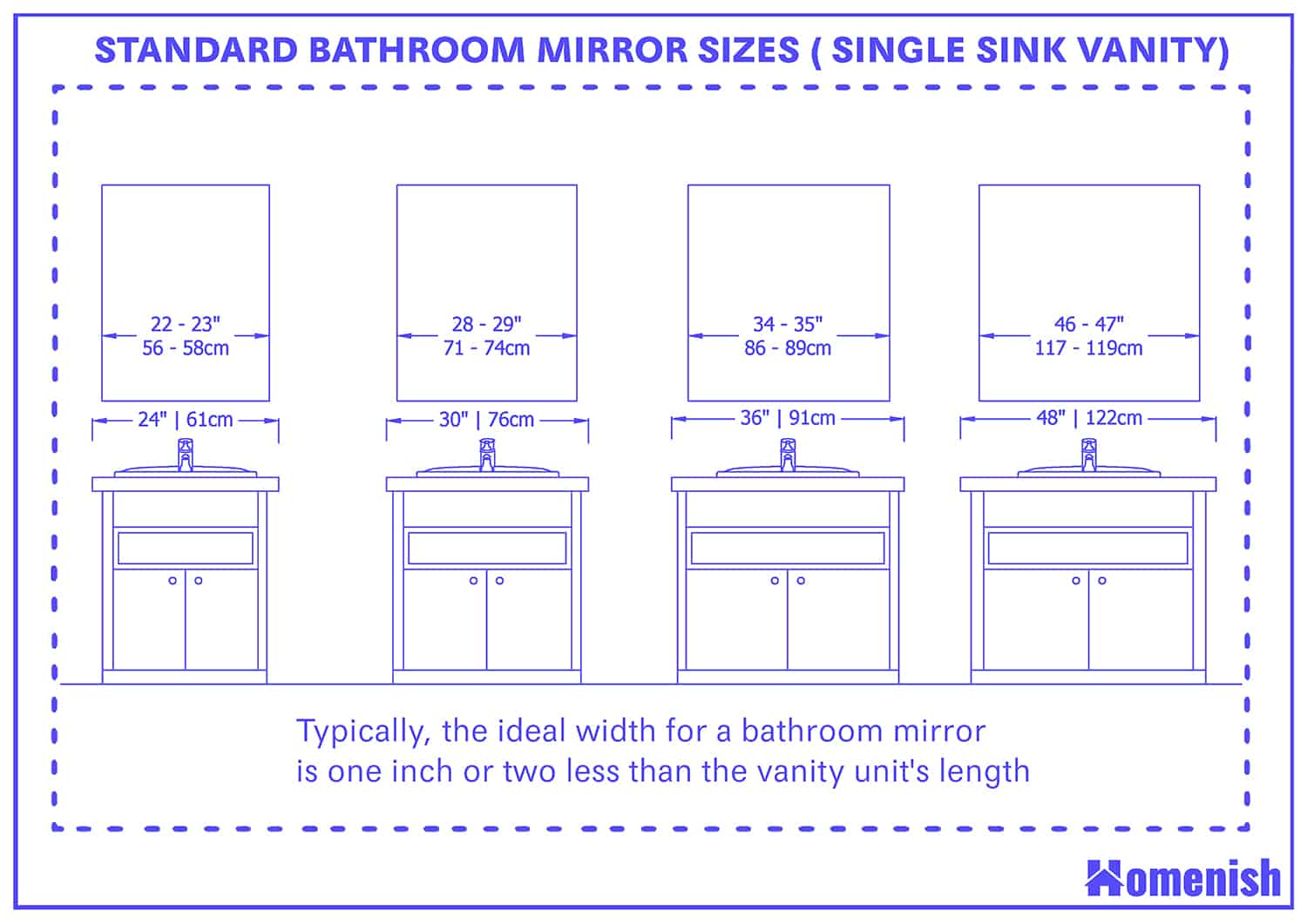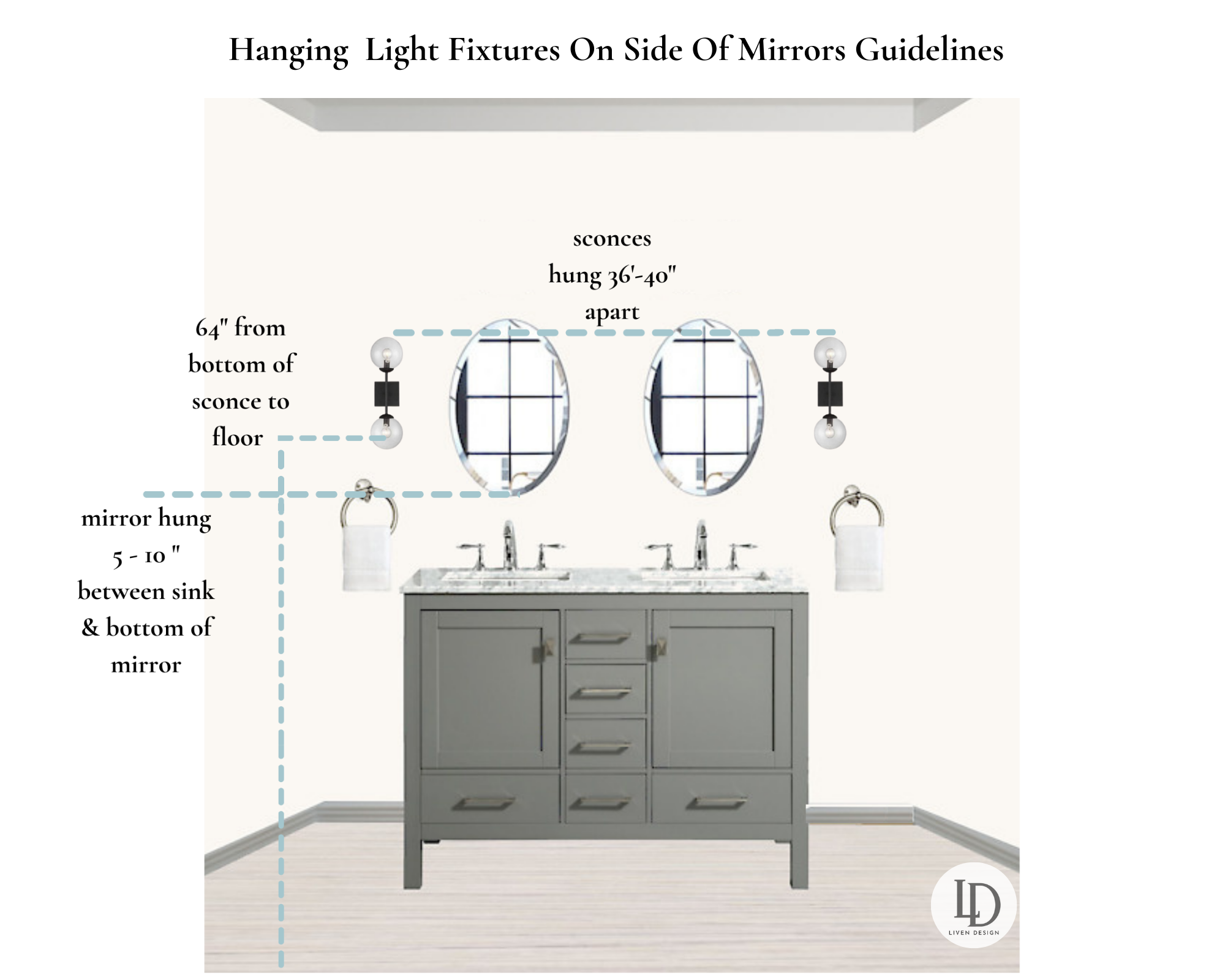Understanding Left Offset Bathroom Vanity Tops

A left offset bathroom vanity top is a type of vanity top that has the sink positioned to the left of the center of the vanity. This design creates an asymmetrical look that can add visual interest to a bathroom.
The Purpose of a Left Offset Bathroom Vanity Top
Left offset vanity tops are designed to create a unique and stylish look in a bathroom. They can also be used to accommodate a specific layout or to make the most of available space.
Advantages of Left Offset Vanity Tops
- Unique Style: Left offset vanity tops create an asymmetrical look that can make a bathroom more visually interesting.
- Space Optimization: In some cases, a left offset vanity top can help to maximize the use of available space, especially in smaller bathrooms.
- Increased Functionality: A left offset vanity top can provide more counter space on one side of the sink, which can be beneficial for storing toiletries or other items.
Disadvantages of Left Offset Vanity Tops
- Limited Availability: Left offset vanity tops may not be as readily available as standard vanity tops, which can make it more difficult to find the perfect one for your bathroom.
- Higher Cost: Left offset vanity tops may be more expensive than standard vanity tops due to their unique design and limited availability.
- Potential for Design Challenges: Integrating a left offset vanity top into a bathroom can present some design challenges, especially if the bathroom is small or has an unusual layout.
Examples of Left Offset Vanity Tops
- Modern Style: Left offset vanity tops in a modern style often feature clean lines, minimalist designs, and sleek materials like quartz or granite.
- Traditional Style: Left offset vanity tops in a traditional style often feature ornate details, intricate carvings, and classic materials like marble or wood.
- Transitional Style: Left offset vanity tops in a transitional style combine elements of both modern and traditional styles, creating a balanced and elegant look.
Comparison of Left Offset Vanity Tops and Standard Vanity Tops
| Feature | Left Offset Vanity Top | Standard Vanity Top |
|---|---|---|
| Sink Position | Left of center | Center of vanity |
| Style | Asymmetrical | Symmetrical |
| Space Optimization | May maximize space in certain layouts | Generally efficient |
| Availability | Limited | Widely available |
| Cost | May be more expensive | Generally more affordable |
Choosing the Right Left Offset Bathroom Vanity Top

A left offset bathroom vanity top is a great way to add a touch of style and functionality to your bathroom. However, choosing the right one for your space can be a challenge. Here are some tips to help you make the right decision.
Measuring Your Bathroom Space
Before you start shopping for a left offset vanity top, you need to measure your bathroom space carefully. You’ll need to know the following:
* The width of the wall where the vanity will be installed. This will determine the maximum width of the vanity top you can use.
* The height of the wall where the vanity will be installed. This will help you determine the height of the vanity top you need.
* The depth of the vanity base. This will help you determine the depth of the vanity top you need.
* The location of any plumbing fixtures. This will help you ensure that the vanity top is installed in a location that is convenient and functional.
It’s always a good idea to measure twice and cut once!
Materials for Left Offset Vanity Tops
Left offset vanity tops are available in a variety of materials, each with its own set of pros and cons. Here are some of the most popular options:
- Granite: Granite is a durable and elegant material that is resistant to scratches and stains. It is also heat-resistant and easy to clean. However, granite can be expensive and heavy.
- Marble: Marble is a beautiful and luxurious material that is known for its unique veining patterns. However, marble is porous and can be easily stained, so it requires regular sealing. It is also more susceptible to scratches and etching than granite.
- Quartz: Quartz is an engineered stone that is made from crushed quartz crystals and resin. It is non-porous and stain-resistant, making it a popular choice for bathroom countertops. Quartz is also very durable and scratch-resistant. However, quartz can be more expensive than granite or marble.
- Laminate: Laminate is a budget-friendly option that is available in a wide range of colors and patterns. It is also easy to clean and maintain. However, laminate is not as durable as granite, marble, or quartz, and it can be easily scratched or damaged.
Bathroom Layout with a Left Offset Vanity Top
Here’s an example of how a left offset vanity top can be incorporated into a bathroom layout:
Imagine a small bathroom with a single sink. The vanity is placed against the wall, and the left offset vanity top provides extra counter space for toiletries and accessories. The toilet is positioned on the opposite side of the bathroom, leaving ample space for movement. A mirror is mounted above the vanity, adding a touch of elegance and reflecting light.
Factors to Consider When Choosing a Left Offset Vanity Top
When choosing a left offset vanity top, it’s important to consider the following factors:
- Style: Consider the overall style of your bathroom and choose a vanity top that complements it. For example, a modern bathroom might benefit from a sleek, minimalist vanity top, while a traditional bathroom might look better with a more ornate vanity top.
- Size: Choose a vanity top that is the right size for your bathroom. You’ll need to consider the available space and the size of the vanity base.
- Material: Consider the pros and cons of different materials before making a decision. You’ll need to weigh factors such as durability, stain resistance, and cost.
- Budget: Set a budget for your vanity top and stick to it. There are vanity tops available at a wide range of price points.
- Functionality: Consider the functionality of the vanity top. For example, if you need a lot of storage space, you might want to choose a vanity top with drawers or cabinets.
Installation and Maintenance of Left Offset Bathroom Vanity Tops

Installing a left offset bathroom vanity top is a straightforward process, but it requires careful attention to detail to ensure a secure and aesthetically pleasing result. Proper maintenance is also crucial for preserving the beauty and functionality of your vanity top.
Installation Steps
Installing a left offset vanity top involves several steps, starting with preparing the area and ending with securing the top to the vanity base.
- Prepare the area: Ensure the vanity base is level and clean. Remove any existing hardware or fixtures. If necessary, apply a sealant to the base to prevent moisture damage.
- Position the vanity top: Carefully place the vanity top on the base, ensuring the offset is positioned correctly.
- Secure the vanity top: Depending on the vanity top material and design, use appropriate fasteners to secure the top to the base. For example, you may use screws, clips, or adhesive.
- Install the sink: Install the sink according to the manufacturer’s instructions. This may involve using a sealant or gasket to ensure a watertight seal.
- Install the faucet: Install the faucet according to the manufacturer’s instructions. This may involve drilling holes in the vanity top or using a pre-drilled template.
- Install the hardware: Install any additional hardware, such as towel bars or soap dispensers.
- Clean the vanity top: Clean the vanity top thoroughly to remove any dust or debris from installation.
Maintenance Tips
Regular maintenance is essential to keep your left offset bathroom vanity top looking its best and functioning properly.
- Clean regularly: Clean the vanity top with a mild cleaner and a soft cloth. Avoid abrasive cleaners or harsh chemicals that can damage the surface.
- Dry thoroughly: After cleaning, dry the vanity top thoroughly to prevent water spots or mildew growth.
- Seal the surface: For porous materials like natural stone, sealing the surface can help protect it from stains and water damage. Apply a sealant according to the manufacturer’s instructions.
- Inspect for damage: Regularly inspect the vanity top for any signs of damage, such as cracks, chips, or scratches. Repair any damage promptly to prevent further deterioration.
Cleaning and Sealing, Left offset bathroom vanity top
Cleaning and sealing your left offset bathroom vanity top can help prevent damage and maintain its appearance.
- Clean the surface: Thoroughly clean the vanity top with a mild cleaner and a soft cloth. Remove any dirt, grime, or soap residue.
- Dry the surface: Dry the vanity top completely with a clean cloth. Ensure all areas are dry, especially around the sink and faucet.
- Apply sealant: Apply a sealant to the vanity top according to the manufacturer’s instructions. Use a sealant specifically designed for the material of your vanity top.
- Let the sealant dry: Allow the sealant to dry completely before using the vanity top. The drying time will vary depending on the type of sealant used.
Essential Tools and Materials
Here is a checklist of essential tools and materials for installing and maintaining a left offset bathroom vanity top:
- Level
- Tape measure
- Screwdriver
- Wrench
- Drill
- Caulk gun
- Sealant
- Mild cleaner
- Soft cloth
- Gloves
- Safety glasses
